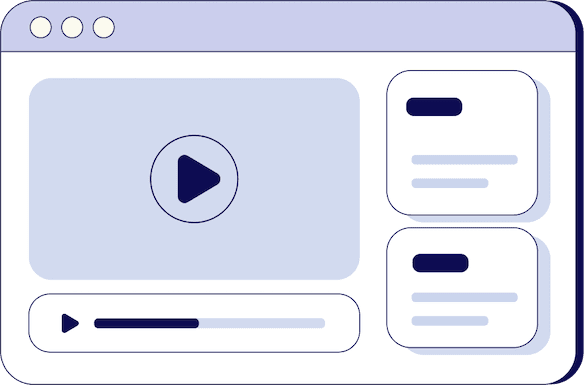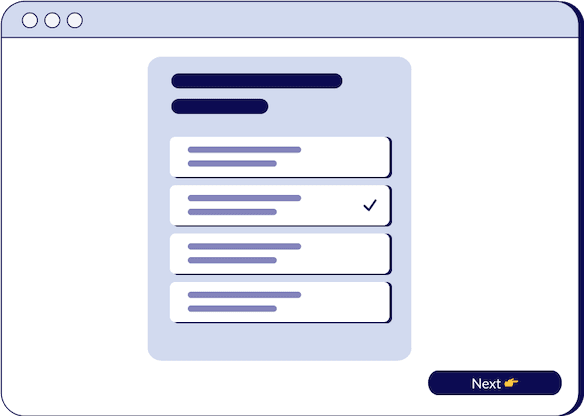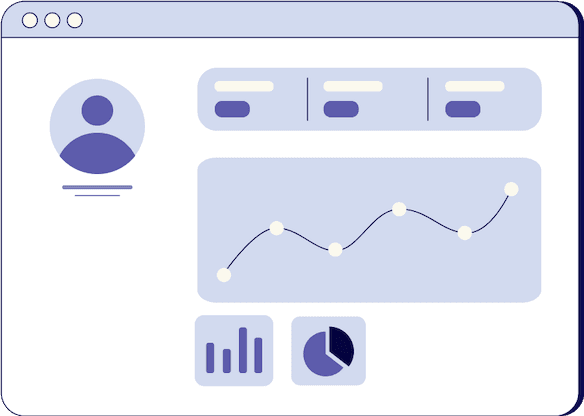
The Difference Between Leading and Lagging Indicators
Mark Buchanan
CEO @ PRACTICALEYES LTD

- duration
- 3 min
- Average Score
- 60%
- Stars
- 4
In the world of sales leadership and performance measurement, understanding the difference between leading and lagging indicators is crucial. Sales leaders and enablers rely on these indicators to make informed decisions, predict future outcomes, and drive the success of their organizations. But what exactly is the disparity between leading and lagging indicators? Let's dive into this topic and shed light on why it matters.
What Are Leading and Lagging Indicators?
Leading and lagging indicators are two distinct types of metrics used to assess the performance of a business or sales team. These indicators offer valuable insights into different aspects of your sales operations.
- Lagging Indicators: These metrics essentially look into the rear-view mirror, measuring outcomes and results based on historical data. They tell you where you've been. An analogy for lagging indicators is driving a car while looking at the road you've already traveled. Examples of lagging indicators in sales include revenue, cash flow, and profit margins.
- Leading Indicators: In contrast, leading indicators are your windshield, offering a forward-looking view. They act as early warning systems that provide insights into future performance. Measuring elements like customer satisfaction or brand image can help predict future profitability. Online businesses often use indicators like user engagement on platforms to anticipate future success.
Striking the Balance
To maximize the effectiveness of your sales strategy, you need to strike a balance between leading and lagging indicators. An ideal approach is to develop a performance framework that aligns with your strategic goals.
- Financial Goals: These can be lagging indicators, telling you about past financial performance. You may set goals for revenue and profit, but this alone won't guarantee future success.
- Customer-Centric Indicators: Leading indicators such as market penetration, customer satisfaction, and brand image provide insights into your future financial performance. These metrics help you anticipate customer behavior and potential profitability.
- Operational Metrics: Consider your internal processes, product quality, and service delivery. These aspects are often leading indicators for future customer satisfaction and, consequently, financial success.
- Employee Engagement: Attracting the right talent is a leading indicator for future product quality and customer loyalty. If you have the right people on your team today, they will drive future profits.
By creating a well-structured performance framework that encompasses these different aspects, you can effectively measure both the outcomes (lagging indicators) and the performance drivers and enablers (leading indicators). This balanced approach is key to driving the performance of your organization.
Applying Leading and Lagging Indicators in Sales
Watch this session to learn how to effectively apply leading and lagging indicators in your sales strategy.
Now that you understand the significance of leading and lagging indicators, it's essential to know how to apply them in your sales strategy. Here's a brief overview:
- Lagging Indicators in Sales: When it comes to measuring past sales performance, you might focus on metrics like revenue, closed deals, and profit margins. These are vital for assessing the historical success of your sales team and organization.
- Leading Indicators in Sales: Leading indicators in sales are more about predicting future success. Metrics such as the number of leads generated, the rate of follow-ups, and customer engagement can give you insights into the likelihood of future sales success. For example, if you're attracting more leads and nurturing them effectively, you're likely to see improved lagging indicators in the form of higher revenues.
Balancing leading and lagging indicators is essential for a well-rounded approach to sales performance measurement. Leading indicators offer a glimpse into the future, helping you anticipate outcomes and make proactive decisions while lagging indicators provide insights into historical performance. By combining these indicators within a well-defined performance framework, sales leaders and enablers can steer their organizations toward sustainable success.
How Triple Session works
Training, Testing, & Feedback
Triple Session's proven formula accelerates your sales performance through consistent, organized practice, backed by measurable results.

Bite-Sized Knowledge
Our expert-led video sessions simplify complex sales concepts into easy-to-digest 5-15 minute videos for better retention.

Test Your Understanding
After each session, there will be a quiz to test your understanding and help you improve on any areas that need more attention.

Evaluate and Grow
Get progress snapshots after each quiz to track your improvements and achieve your sales mastery goals.